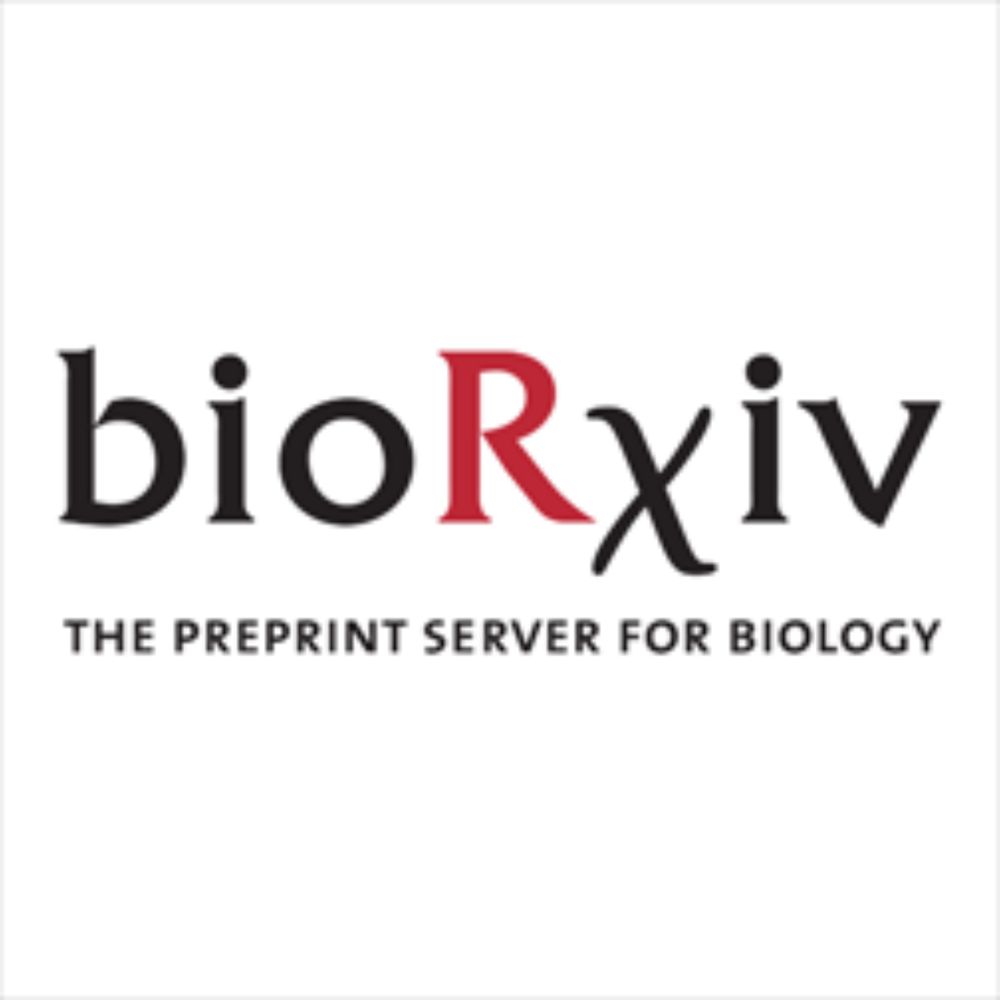my.corehr.com/pls/uoxrecru...
my.corehr.com/pls/uoxrecru...

How does a chromatin remodeler know where to act?
In our latest study, we show how the transcription factor ADNP targets CHD4 remodeling activity to silence transposons and block CTCF.
👇 A thread on the ChAHP complex and how it weaves chromatin
🧬🔬🧵
www.biorxiv.org/content/10.1...
How does a chromatin remodeler know where to act?
In our latest study, we show how the transcription factor ADNP targets CHD4 remodeling activity to silence transposons and block CTCF.
👇 A thread on the ChAHP complex and how it weaves chromatin
🧬🔬🧵
www.biorxiv.org/content/10.1...

